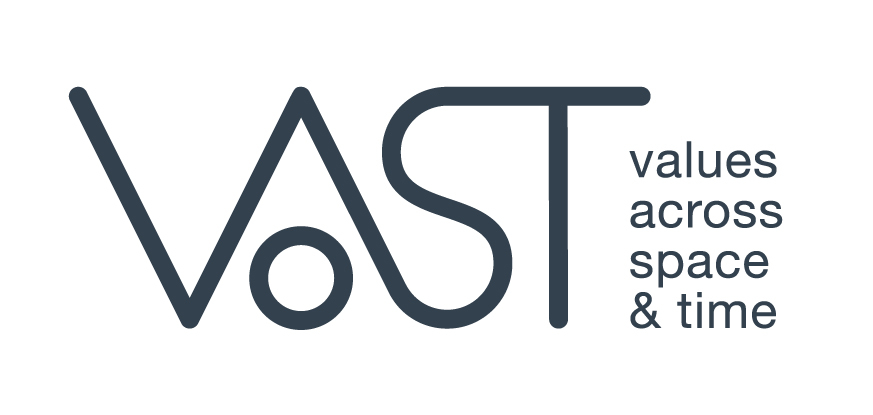Concept & Methodology
The aim of the project is to investigate how moral values, which are embedded in different textual types, are appropriated through different mediums. We shall investigate how the mediums produce different experiences for the individuals; we shall explore the visitors’ views on how these values are present in their lives/modern society and how these views mirror their own moral values (their “morality”). The texts that we will examine belong to the genres of art, science and folklore. In particular, we shall trace the transformations of moral values from ancient Greek tragedies to modern theatrical plays, from seventeenth century works of natural philosophy to science museum exhibits, and from traditional European fairy tales to different types of storytelling. We shall address the following questions: What values are imprinted, appropriated and reproduced in various mediums in different time periods and in different places? Which factors contribute to the transformation of values and ideas? How modernity and the image of the self are continually reshaped through these processes?
VAST proposes a significant enhancement on the metadata kept for digital assets, an enhancement that transfers knowledge from the community of scholars, researchers and practitioners to a wider audience; an audience ranging from artists, curators and storytelling experts, to spectators, museum visitors, students, and the general public. VAST seeks to enhance the metadata of existing digital resources along many directions based on specific moral values (freedom, democracy, equality, tolerance, dialogue, human dignity, and the rule of law), in order to track values in time and space and study how these values were appropriated in different cultural and societal contexts. Employing methodologies and tools such as content analysis, interviews, questionnaires, critics and other material found in press or online, stories and narratives from modern creators, in video, oral or written forms, VAST wants to digitise and preserve stories, findings and experiences as intangible assets linked to iconic/significant theatrical reproductions, and museum/educational program exhibits, consolidating digital artefacts and providing additional context for analysis and semantic evaluation of digital assets and resources of cultural heritage.
